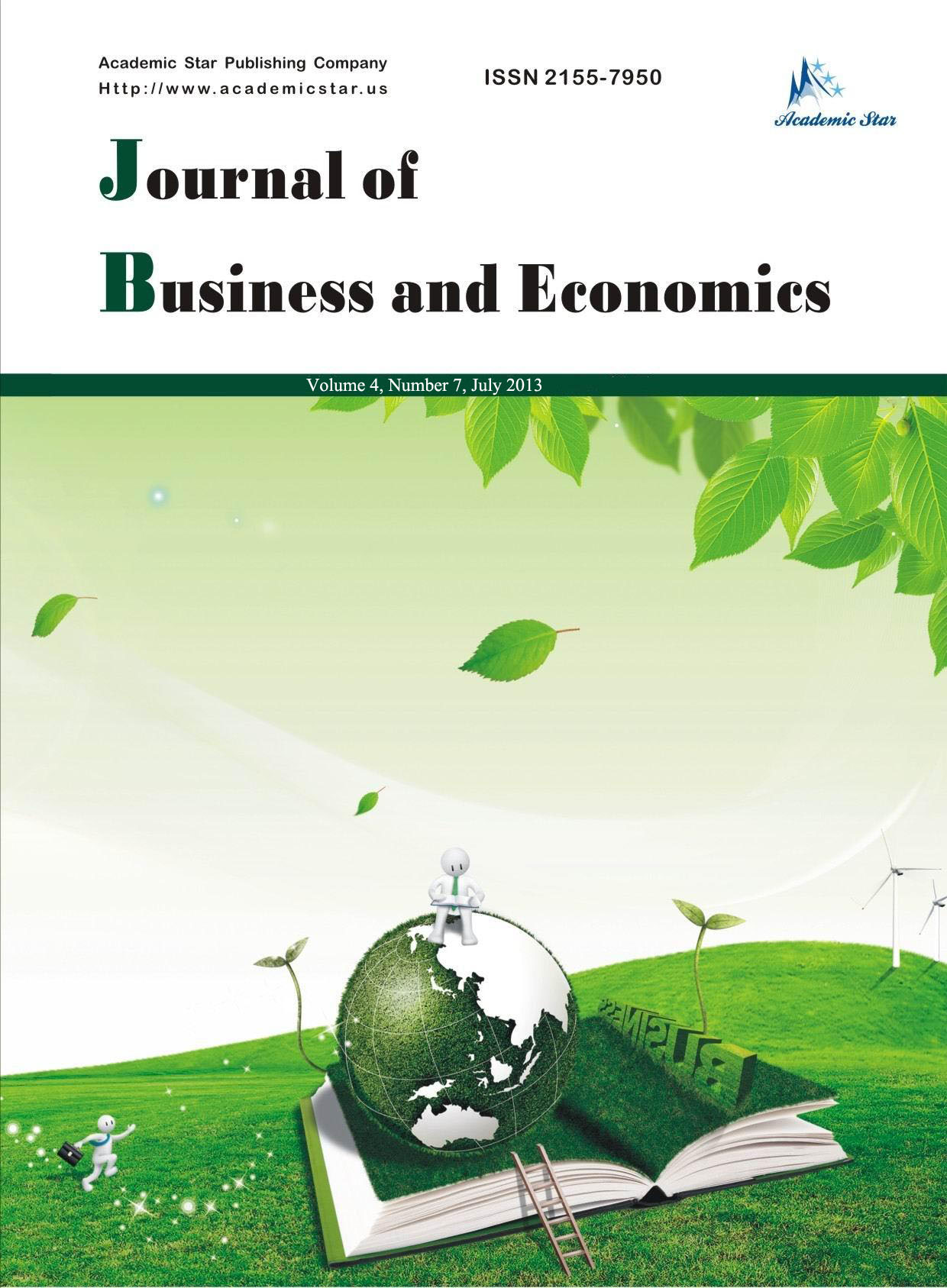
- ISSN: 2155-7950
- Journal of Business and Economics
Fed and ECB with Dollar and Euro as International Currency Reserves: Some Socio-Politico-Economic Considerations
Ioannis N. Kallianiotis
(Economics/Finance Department, The Arthur J. Kania School of Management, University of Scranton, USA)
Abstract: A reserve currency or anchor currency is a currency that is held in significant quantities by many governments, central banks, and institutions as part of their foreign exchange reserves. This permits the issuing country to purchase the commodities at a marginally lower rate than other nations, which must exchange their currencies with each purchase and pay a transaction cost or more units, in case of depreciation of their currencies with respect the dollar. For major currencies, this transaction cost is negligible with respect to the price of the commodity. A currency, in the most specific use of the word, refers to money in any form when in actual use or circulation, as a medium of exchange. This use is synonymous with banknotes or with banknotes plus coins, meaning the physical tokens used for money by a government of a sovereign nation. A definition of intermediate generality is that a currency is a system of money (monetary units) in common use, especially in a nation. Under this definition U.S. dollars and European Euros are different types of currencies. Fed and ECB are very important central banks not only for their economies, but for the rest of the world. Their policies are affecting the lives of 820 million people in U.S. and EU. But their independence from the governments makes their monetary policies less than socially optimal. These two currencies, as stores of value are subject to trading between nations in foreign exchange markets, where international transactions, speculations, and expectations determine the relative values of all the different currencies.
Key words: foreign exchange; international policy coordination; portfolio choice; monetary policy; fiscal policy
JEL codes: F31, F42, G11, E52, E62






